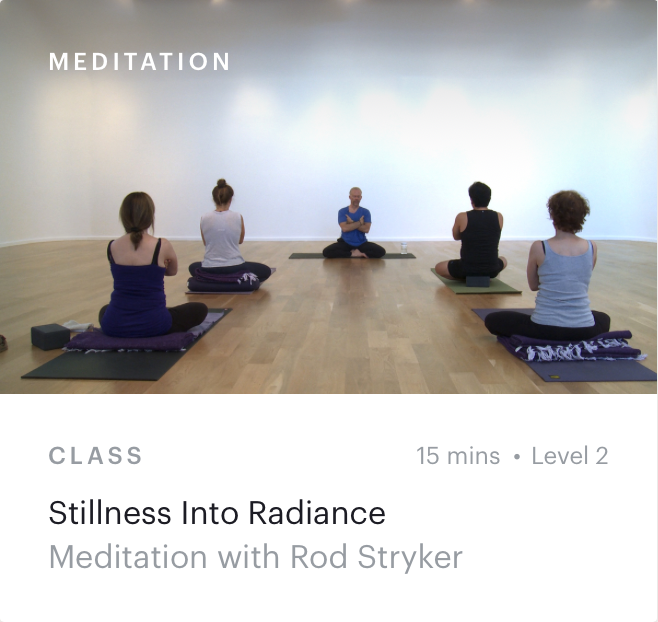From the Latin sol meaning “the sun” and sistere meaning “to stop” or “make stand,” a solstice marks the moment when the sun reaches its highest and lowest points in the midday sky—the longest and shortest days of the year. The Summer Solstice occurs at the northern most zenith, celebrating the height of light and life, but also foreshadowing its fall. Conversely, the Winter Solstice brings the longest spell of darkness, while promising the return to light.
We have marked these days for millenia. The evidence can be seen in ancient structures throughout the world, whose otherworldliness have allowed them to withstand time. Long a mystery, we now believe many of these sites tracked another defining quality of the solstice—that the sun appears “to stand still;” to rise and set in exactly the same place on the horizon. In a time when the only illumination was sun, moon, or candle, and the ability to plant crops meant life or death, tracking the rise and decline of daylight was of critical importance. After surviving through harsh winter conditions, the returning light promised by the Winter Solstice was cause for great celebration.
Yet, there is something injudicious about celebrating the light in the dark’s domain. No longer a matter of survival, we can and should embrace both dark and light, recognizing their place in a great impartial cycle. Inherent in our very being, the revolving seasons correspond to the rhythm of our breathing. In spring, we begin to inhale; in summer we are full of life-giving breath; in fall, we gradually exhale; and in winter, we become empty again. It takes courage to overcome our great ancestral fear of this emptiness. The kumbhaka, or pause between breaths, at the bottom is our most uncomfortable time. We want so badly to inhale, to return to the light, to fill the empty space with stuff. But when we can remain calm we experience the perfect clarity of the void. We become still and open enough to attract our deepest desires.
So now, as the darkness reaches its crescendo, we complete our collective exhale and arrive at winter’s stillness. Let’s take this time to pause, embrace the emptiness, and prepare to welcome something new.
We invite you to honor the Winter Solstice with one or more of these classes:










